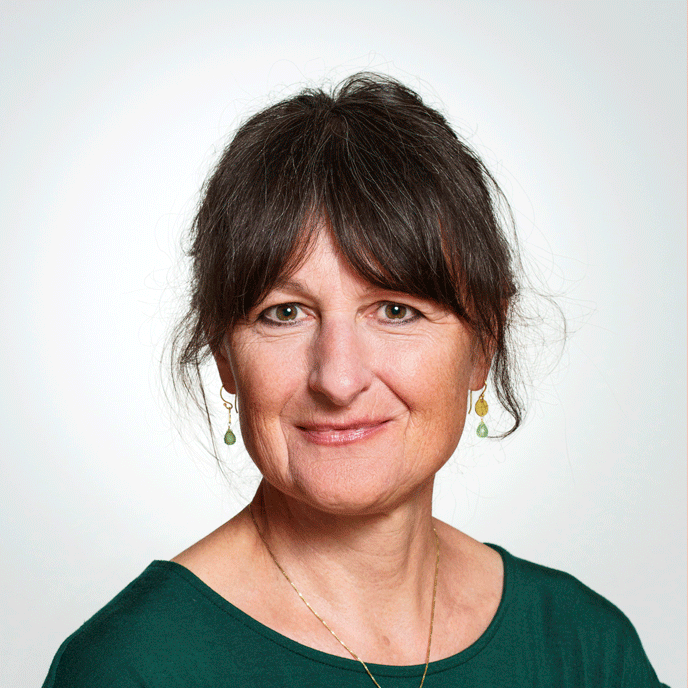- About us
- Research expertise
- DIGITAL – Institut für Digitale Technologien
- MATERIALS – Institut für Sensorik, Photonik und Fertigungstechnologien
- ROBOTICS – Institut für Robotik und Flexible Produktion
- COREMED – Zentrum für Regenerative Medizin und Präzisionsmedizin
- HEALTH – Institut für Biomedizinische Forschung und Technologien
- LIFE – Institut für Klima, Energiesysteme und Gesellschaft
- POLICIES – Institut für Wirtschafts-, Sozial und Innovationsforschung
- Business areas
- Products & services
- Forschungsinfrastruktur
- Beteiligungen
- Career
- Aktuelles
- Publications
- Kontakt zu uns
IMPROFE: Digital Twins for the production of electric motors
Duration:
04/2021
—
09/2024
Total project duration:
3 years

Foto: JOANNEUM RESEARCH/Bergmann
The project
How can the production of electric motors be improved?
Hairpin technology is a relatively new manufacturing process for electric motor stators. In the IMPROFE project, we are researching in-line testing methods and predictive models for a digital image. This enables resource-saving production of high-quality hairpin stators in large quantities. To this end, we use modern laser ultrasound (LUS), optical measurement methods and AI-based data analytics and modeling approaches.
Our activities in the project
Using statistical models and artificial intelligence, we predict the positional accuracy of the hairpin ends across several stages of the production process based on measurement data. We create predictive models for the quality of the welding bead after contacting the hairpins in order to optimize the process parameters during welding. In order to optimize quality, we create a digital image of the process by merging the various models.
Research groups
Downloads
Contracting Authority
FFG Produktion der Zukunft
Project partners
Universität Graz, Institut für Physik
Miba Automation Systems GmbH
Details of the project
In the face of climate change and the energy revolution, the demand for engines for fully or partially electric vehicles is continuously increasing. Production volumes and productivity as well as manufacturing flexibility are currently still low. Especially the production of the stator, the fixed part of the electric motor, requires a large amount of production effort and places high demands on quality, costs and cycle time. The Hairpin technology offers a new process for the production of these windings that has great potential for the flexible series production of electric motors and thus significantly reduces production costs. In addition, Hairpin stators increase the efficiency of the motor.
In order to be able to survive in international competition, high volumes must be achieved - while at the same time optimizing quality and saving resources. If possible, this requires complete in-line testing of critical characteristics of the stators in the process and the mapping of the process steps in automated calculation models for the feedback of test results to process parameters.
The overall objective of the project is therefore to research and test inline monitoring procedures and computation models for a digital twin in order to enable a high-quality and resource-saving high-volume production of hairpin stators. This is to be achieved by using modern laser ultrasound technology (LUS) combined with optical inspection techniques and the use of AI-based data analytics and modeling approaches. The following models shall be developed:
- Interpretation of LUS signals and prediction of anomalies in weld seams.
- Models for linking and analyzing correlations between topographic measurement data and LUS signals.
- Optimization of the process parameters of contacting (laser welding) based on the inline test results of the preceding process steps widening and twisting.
- Overall model to create a digital image of the process steps as close to reality as possible and to enable a continuous feedback of measures for quality and parameter optimization, with special attention to saving resources.
A use case is being implemented at Miba Automation Systems GmbH to test and validate the processes.
Project participants
Similar Projects
Miteinander zukunftsrelevant
Die JOANNEUM RESEARCH ist Innovations- und Technologieanbieter im Bereich der angewandten Forschung. Als Forschungsgesellschaft der Länder und Regionen prägen wir mit unseren Forschungskompetenzen die Entwicklung unserer modernen Gesellschaft und Wirtschaft nachhaltig und menschenzentriert. Als multidisziplinäres Team in flexiblen, innovationsfreundlichen Strukturen leben wir höchste gesellschaftliche und wissenschaftliche Ansprüche.



